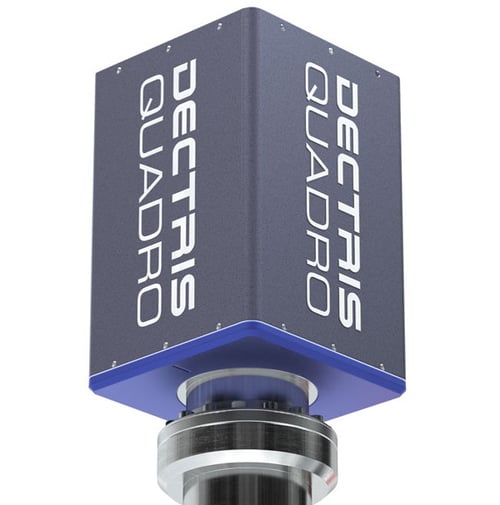How TESCAN’s STEM Instruments Enhance Performance
Maximizing Performance with TESCAN STEM Instruments
Precession
Electron Diffraction (PED)
Precession Electron Diffraction (PED) enhances the information that can be obtained from electron diffraction patterns.
- PED supports the matching of acquired diffraction patterns with templates from kinematical diffraction modelling, by averaging out the effects of dynamical scattering.
- PED enhances the imaging of higher order reflections, by rocking Ewald’s sphere through more of the reciprocal space.
Electron beam precession is challenging to implement on conventional (S)TEM platforms, due to the legacy of architectures designed for TEM applications. Not so with TESCAN TENSOR, where a fast (up to 72 kHz), automated, electron nanobeam precession capability is firmly integrated. Learn more about Precession Electron Diffraction.
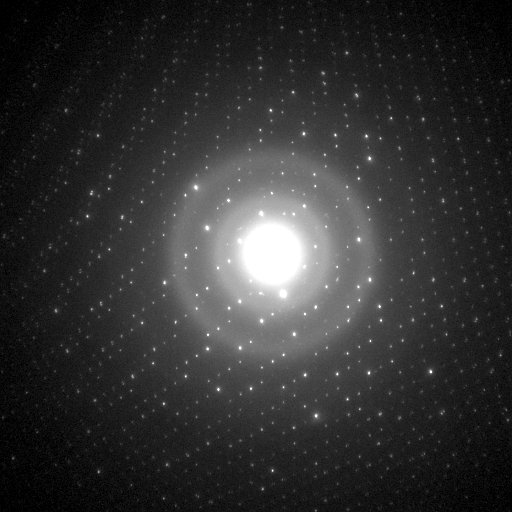
Extract more Information from your Electron Diffraction Patterns
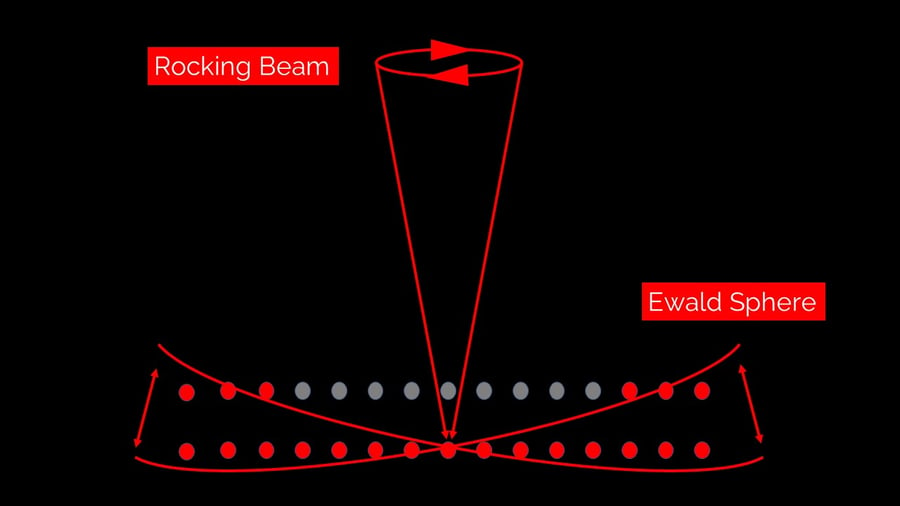
Electron beam precession is a key integrated feature of TESCAN TENSOR.
The ability to precess the electron beam means that the incident electron beam is tilted and continuously rotated about the central axis of the microscope. Electron beam precession must be carefully aligned to ensure that the precession pivot point is coincident with the surface of the specimen, and that the electron beam converges in the smallest possible, round spot.
This is achieved effortlessly and automatically, thanks to a unique electron column design and software automation that are both integrated into the fundamental design of the new system architecture of TESCAN TENSOR.
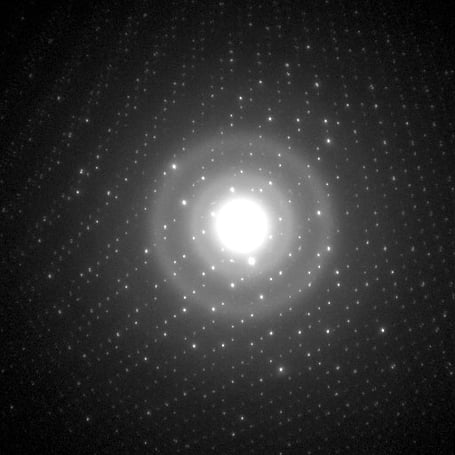
Precession-assisted 4D-STEM Measurement
TESCAN TENSOR allows you to easily operate with and without electron beam precession, over the full range of 4D-STEM measurements, notably Orientation and Phase mapping and Strain mapping, but also Virtual STEM and Diffraction Tomography.
Precession causes the Ewald sphere to rock through reciprocal space, which results in many positives:
-
The effects of dynamical electron interactions are minimized while maintaining the geometry of the diffraction pattern.
-
Many more reflections are visible in both zero- and higher-order zones (ZOLZ and HOLZ) are visible compared to a static Ewald sphere.
-
Intensities are integrated through the Bragg condition and are not dominated by complex contrast patterns.
Learn more about Precession Electron Diffraction from the animation.
Without dynamical diffraction artifacts, i.e., forbidden reflections, the resulting precession electron diffraction patterns are well suited for a variety of applications. Benefits include better differentiation of diffraction patterns when doing orientation/and phase mapping and improved precision in strain mapping. TESCAN TENSOR uses NanoMEGAS’ proven and well trusted ASTAR® software algorithms for template creation, pattern indexing, and orientation/phase mapping.
Higher order reflections also improve ab initio structure determination of nanocrystalline materials. For structural determination using precession-assisted electron diffraction tomography (3DED with precession, or 3DPED), TESCAN TENSOR offers the optionally available PETS Advanced software, a version of FZU’s PETS Enhanced that has been customized for TESCAN.
Analytical 4D-STEM
TESCAN TENSOR acquires STEM EDX elemental maps or tomograms at high speed due to its large, 2 steradian solid detection angle. And uniquely, 4D-STEM scanning diffraction data acquisition can be synchronized with EDS acquisition.
4D-STEM data analysis and processing platforms do not currently use this feature, but we anticipate these platforms will evolve to leverage this capability for 4D-STEM measurements that are inconclusive when using diffraction or spectroscopy data alone.

Integration designed from the ground up
Performance, Usability and hence Availability of 4D-STEM measurements has historically been compromised by the lack of integration of 4D-STEM components on (S)TEM current generation columns that were not originally designed for this purpose.
Not so with TESCAN TENSOR
as the synchronization of electron beam scanning with diffraction imaging, EDS acquisition, Electron Beam Precession, Fast Beam Blanking, Near real-time 4D-STEM data analysis and processing, coupled with robust software solutions, has been achieved with a purpose-built microscope that was designed, from the ground up, for Analytical 4D-STEM applications.
Watch this video of near real-time acquisition of a phase and orientation map.
Integrated Direct
Electron Detection (DED)
TESCAN TENSOR takes full advantage of the integration of a high-performance, hybrid-pixel, direct electron diffraction camera (Dectris Quadro). This camera is ideally suited for precession-assisted 4D-STEM applications, thanks to its high dynamic range, large size, and fast read-out speed.
Hear from the experts in hybrid-pixel X-ray and Electron detectors why integration is key when extracting the maximum performance from direct electron (diffraction) detectors
Near Ultra-High Vacuum (UHV)
UHV engineering is a TESCAN competency, evident in our surface analysis (UHV FIB/SEM) solution NanoSpace. TESCAN TENSOR maintains a near-UHV vacuum of 10-6 Pa in the sample area, which practically eliminates hydrocarbon sample contamination in the residual column vacuum.
Optimized for Medium Electron Beam Landing Energy
TESCAN TENSOR measurements are optimized for a medium electron beam acceleration voltage. This allows electrons more time to interact with the sample, resulting in enhanced electron scattering contrast (dark field image contrast), larger X-ray yield resulting in higher EDS count rates, and lower knock-on damage to protect electron dose sensitive samples.
Integrated Beam Blanking
Synchronization of Scanning with Diffraction Imaging, EDS Acquisition and Electron Beam Precession is aided by a fast (1 MHz), integrated electrostatic beam blanker.
Ready to discuss TESCAN TENSOR?
Please get in touch today.
Our global team will be available to answer questions about the TESCAN line of TENSOR solutions.
